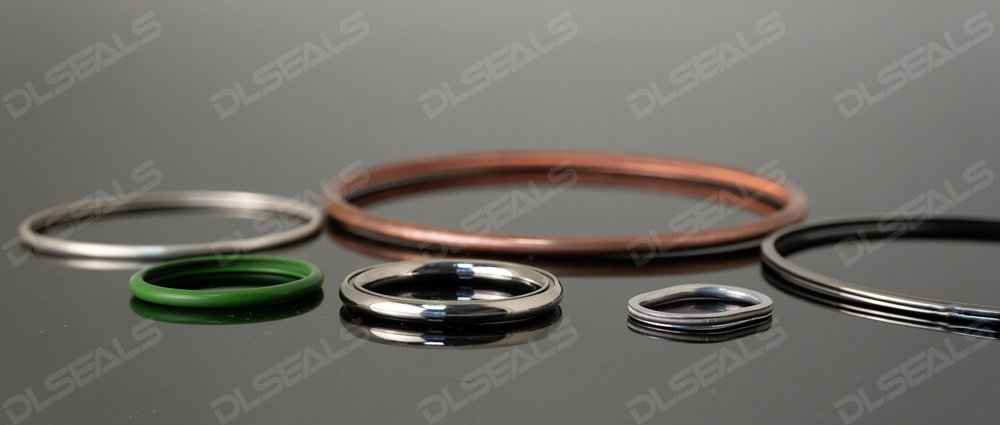Metal seals play a vital role in automotive engineering, offering a wide range of applications and benefits across various components and systems. From engines to transmissions, metal seals contribute to the reliability, performance, and longevity of vehicles in diverse ways.
Engine Components: Metal seals are extensively used in engine components such as cylinder heads, exhaust systems, and turbochargers. These seals ensure tight connections and prevent leakage of fluids and gases, thereby optimizing engine performance and fuel efficiency.
Transmission Systems: In transmission systems, metal seals are employed in gearboxes, differentials, and axle assemblies. Their robust construction and resistance to high temperatures and pressures make them ideal for sealing critical interfaces, enhancing the durability and efficiency of transmissions.
Fuel Delivery Systems: Metal seals are integral to fuel delivery systems, including fuel injectors, fuel pumps, and fuel tanks. They help maintain the integrity of the fuel system by preventing leaks and ensuring proper fuel pressure regulation, thus safeguarding engine operation and reducing emissions.
Cooling Systems: Automotive cooling systems rely on metal seals in components such as radiators, water pumps, and thermostat housings. These seals play a crucial role in maintaining optimal engine temperature by sealing coolant passages and preventing coolant leaks, contributing to engine reliability and longevity.
Braking Systems: Metal seals are essential in braking systems, particularly in hydraulic brake systems where they seal brake lines, calipers, and master cylinders. By preventing fluid leaks and maintaining hydraulic pressure, these seals ensure responsive braking performance and driver safety.
Electrical Systems: Metal seals find applications in automotive electrical systems, where they seal connectors, sensors, and wiring harnesses. Their ability to withstand electrical currents and environmental factors such as moisture and vibration ensures reliable electrical connections, enhancing overall vehicle functionality and safety.
Chassis and Suspension: Metal seals are also utilized in chassis and suspension components, including shock absorbers, ball joints, and steering systems. By sealing critical joints and pivot points, these seals help maintain vehicle stability, control, and ride comfort, contributing to a smooth and safe driving experience.
In conclusion, the versatility of metal seals in automotive engineering is undeniable, encompassing a wide range of applications across various vehicle systems. Whether it’s sealing engine components, transmission systems, fuel delivery systems, or electrical connections, metal seals play a crucial role in ensuring the performance, reliability, and safety of modern automobiles. As automotive technology continues to evolve, metal seals will remain indispensable components, driving innovation and advancements in vehicle design and engineering.
Post time: Apr-18-2024

